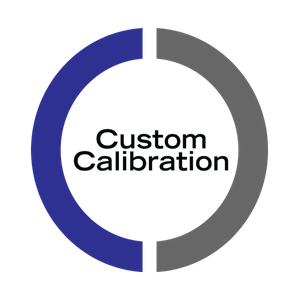3 Best Practices for Calibrating Scales
- 609748

- Dec 31, 2020
- 2 min read
Updated: Jan 24
Calibrating industrial and commercial scales are crucial to get accurate readings consistently. So much so that it should be a part of the device’s routine maintenance. If the scale you use is not calibrated properly and regularly, you will never know if the readings you are receiving are accurate or not. Most businesses get top scale calibration service for balance and scale calibration, whereas others don’t consider it essential and bear the consequences of inaccurate measurement.
Here are three best practices to ensure that your commercial and industrial scales are properly calibrated:
Assemble and clean all parts of the scale properly
The first and most important practice to ensure you have error-free readings from your scale is to keep it in top condition throughout its lifespan. This is because measuring devices comprise several parts that work together to deliver accurate readings, and if any of those parts aren’t assembled or cleaned, the whole system may fail to do the job as it is supposed to. So before you go about calibrating the scale, make sure that it is dirt-free and assembled properly. To avoid the hassles, get top scale calibration service to do the job.
Use state-certified test weights
You probably didn’t know this, but not all manufacturers of test weights follow the same standards. Some adhere to their own rules and regulations, which can cause slight but significant differences in the test weights. When looking for test weights for calibrating your scale, look for those reviewed and approved by the ASTM International (previously American Society for Testing and Materials) non-profit organization or the National Institute of Standards and Technology (NIST). By doing so, you can rest assured that you will calibrate your device properly.
Document Your Findings and Set Up a Calibration Schedule
Maintaining an official record of your readings during the calibration process is critical to improving your efficiency and effectiveness. Not only does it rule out redundancies during the operation, but also enables you to notice discrepancies in the readings. This simple but crucial practice can save you a lot of time and help you calibrate your scale in the best way possible.
Want to calibrate your scale? Get in touch with us today and get a top scale calibration service at unbeatable prices.

Comments